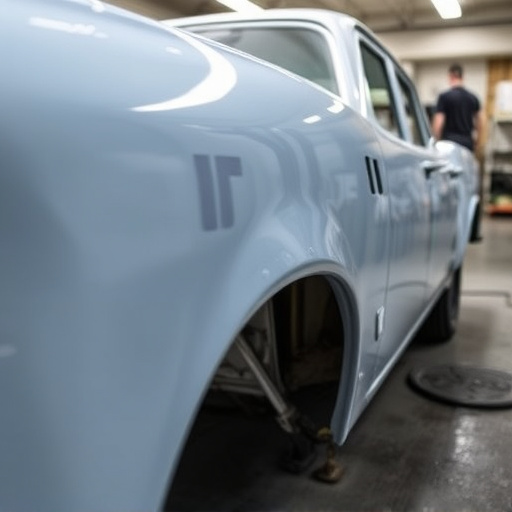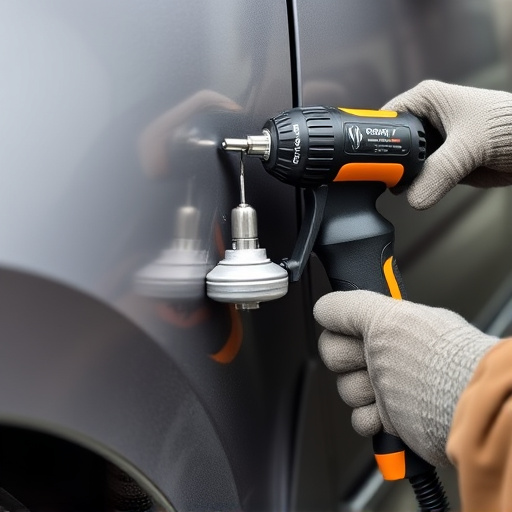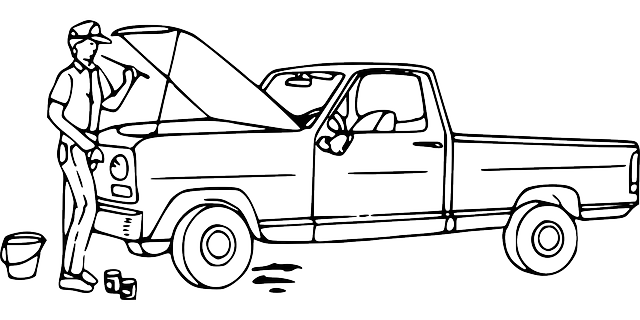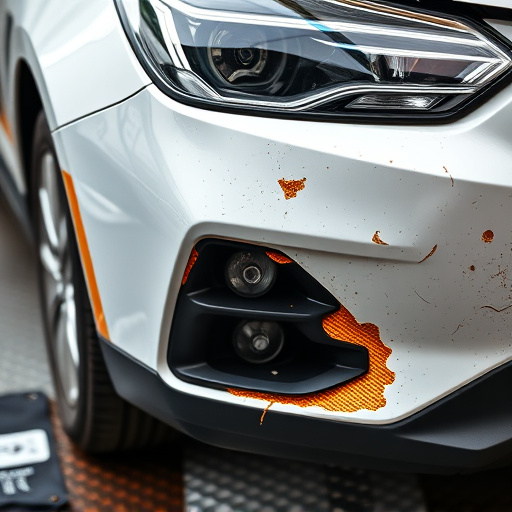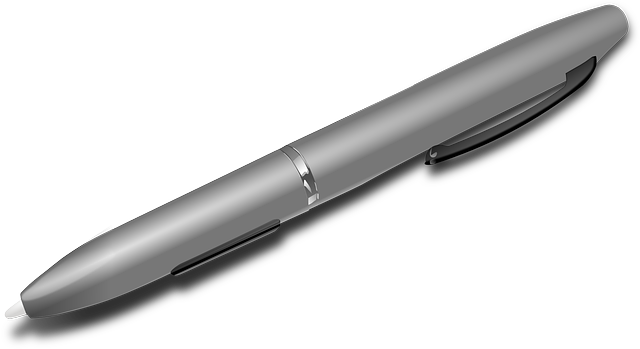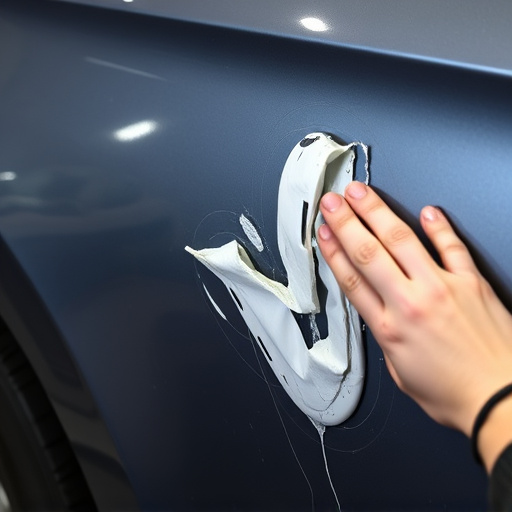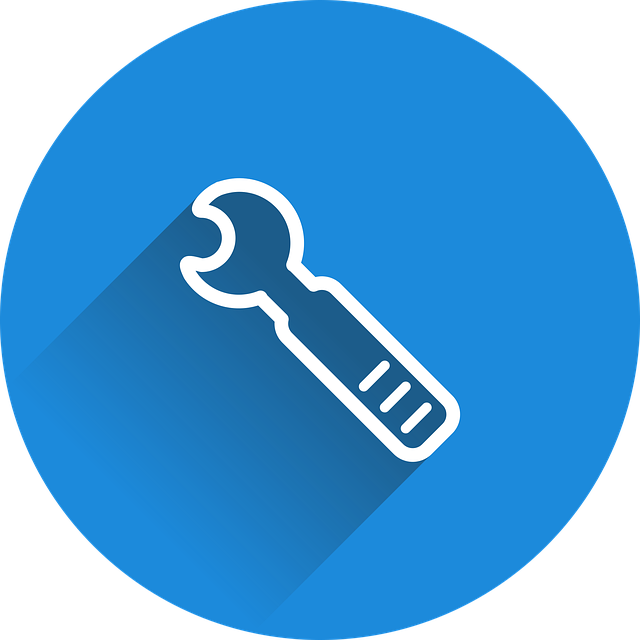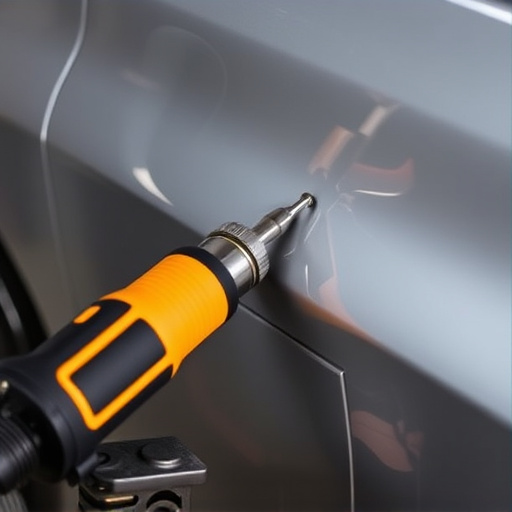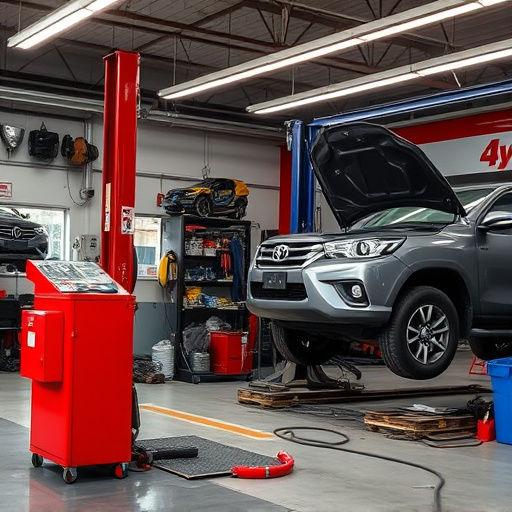Understanding and optimizing the claim approval timeline is crucial in auto repair and restoration processes, ensuring efficiency, fairness, and swiftness. This involves several steps from initial claim submission to final payment, requiring collaboration between policyholders and insurance companies. By identifying and addressing bottlenecks through digital solutions, real-time updates, and clear guidelines, the process can be streamlined, benefiting both parties during high-claim periods, such as after severe weather events.
In today’s fast-paced world, understanding your claim approval timeline is crucial for efficient claims management. This comprehensive guide delves into the intricacies of claim approval timelines, explaining what they entail and their significant impact on the claims process. We explore the contrast between efficient and inefficient timelines, highlighting how the former enhances accuracy and speed while the latter can lead to delays and errors. Additionally, we offer valuable strategies to optimize your claim approval process for better outcomes.
- Understanding Claim Approval Timeline: What It Entails
- Impact of Efficient vs Inefficient Timelines on Claims Process
- Strategies to Optimize and Streamline Your Claim Approval Process
Understanding Claim Approval Timeline: What It Entails

Understanding claim approval timeline is crucial when navigating through auto repair or car damage repair processes. It refers to the sequence and duration of steps involved in assessing, approving, and settling insurance claims for damages to vehicles, be it for auto painting services or comprehensive auto repair. This timeline typically encompasses several stages, from initial claim submission to final payment. Each stage has its own set of tasks, involving both the policyholder and the insurance company.
A well-defined claim approval timeline ensures transparency and efficiency throughout the process. For instance, after a claimant files a claim for auto painting services due to an accident, the timeline begins with documentation verification, followed by a thorough inspection of the damaged vehicle. Subsequently, estimates are generated for the repair costs, which are then reviewed and approved or rejected based on specific criteria. This structured approach is designed to speed up repairs for car damage repair while ensuring fairness in cost assessment and reimbursement for auto repair services.
Impact of Efficient vs Inefficient Timelines on Claims Process

An efficient claim approval timeline significantly enhances the entire claims process for both insurance providers and policyholders. When claims are approved swiftly, it ensures that individuals or businesses affected by incidents such as accidents involving auto bodywork or vehicle paint repair can receive necessary repairs or replacements promptly. This promptness can prevent further financial strain on claimants and reduce the stress associated with unexpected events.
In contrast, inefficient timelines lead to delays that can disrupt the claims process for all parties involved. For instance, a drawn-out approval process for vehicle repair claims might cause setbacks in getting damaged cars back on the road, leading to increased costs from temporary transportation or extended downtime. Delays also impact insurance companies by potentially increasing administrative burdens and affecting their overall operational efficiency, especially with an influx of claims during periods of high accident rates, like after severe weather events.
Strategies to Optimize and Streamline Your Claim Approval Process

Optimizing your claim approval process is akin to refining a well-oiled machine—each part depends on the other for seamless operation. To achieve this, start by identifying bottlenecks. Are there delays in documentation submission or communication among stakeholders? Implementing digital solutions like online forms and secure cloud storage can automate initial data collection, expediting the initial screening phase.
For instance, a streamlined body shop services workflow could involve real-time updates on repair progress, enabling insurers to approve auto painting or vehicle repair claims faster. Additionally, establishing clear guidelines and expectations for all parties involved—from policyholders to assessors—ensures everyone is on the same page, reducing misinterpretations that can prolong the claim approval timeline.
Understanding and managing your claim approval timeline is a key aspect of navigating the claims process effectively. By recognizing the impact of efficient versus inefficient timelines, you can implement strategies to optimize your internal processes. Streamlining these steps not only improves efficiency but also enhances overall satisfaction for both claimants and processors, ensuring a swift resolution to every claim. A well-managed claim approval timeline is an invaluable asset in any organization’s risk management strategy.

